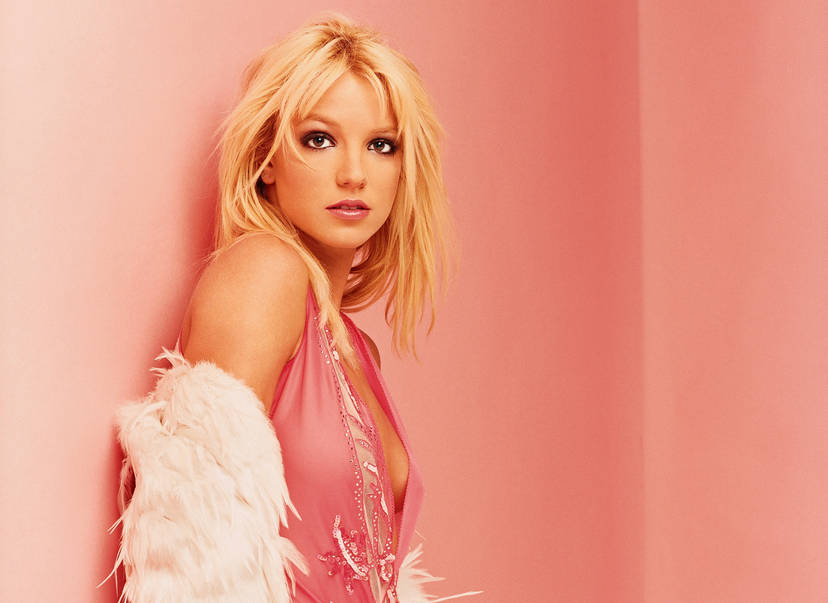One thing is certain as we navigate the changing world of fashion: the 2000s are back and they’re not going anywhere. Fashion has yet again been swept up by the nostalgic revival of “Y2K” aesthetics, which has brought back popular trends and inspired a new wave of fashionistas. Every item, from the low-rise jeans to the classic trucker hats seen in early Jersey Shore episodes, creates a dynamic convergence of the past and present. As these legendary styles continue to awaken, it becomes clear that the fascination of 2000s fashion is not going to rest any time soon.
The surge of low-rise jeans, a particularly bold trend that has triumphantly returned to the forefront of closets everywhere, are continually kept at their crest of the wave of the Y2K aesthetic. Once the height of style seen in the early 2000s, these hip-hugging bottoms are making a comeback and posing a threat to the popularity of their high-waisted counterparts, who have gained attraction more recently.
Icons like pop princesses Christina Aguilera and Britney Spears made it their signature styles back in the 2000s, and their fashion influence continues to inspire trends today.
Social media platforms have played a pivotal role in propelling the resurgence of these trends. Influencers and celebrities alike are showcasing their take on the Y2K revival, using platforms like Instagram and TikTok to share their nostalgic fashion choices. This digital age has created a global community that embraces the spirit of the 2000s, fostering a sense of camaraderie among fashion enthusiasts who share a love for the era’s distinctive style.
Moreover, the renewed interest in 2000s fashion goes beyond clothing, extending to accessories, beauty trends and even hairstyles. Chunky highlights, bedazzled phone cases and logo-emblazoned accessories reminiscent of the era’s iconic brands are making a prominent comeback.
Though, as these waistlines are getting lower, prices are getting higher. Yes, being a fashion icon comes at a cost. The app Depop, released in 2011, is described as an online thrift store, designed for users to resell clothing second hand. According to npr.org, thrifting has grown to be a $28 billion industry, paving the way for the expansion of online resale markets over the last 10 years. “Y2K” is one of the top searches on the app, where users may search for the now “vintage” velour tracksuits, baby tees, cargo pants and more.
You would think that when items are resold that they would be set at a slightly cheaper price than they originally were, since they’re used clothes. But instead, the allure and trend of such pieces cause users to list their items at higher prices.
Nevertheless, today’s fashion still continues to thrive on the balance between affordability and thus the valuability attached to nostalgic gems. The surge in online resale markets not only illuminates the allure of Y2K aesthetics, but also signifies a cultural shift towards sustainability and conscious consumption.
Every detail, from bejeweled accessories to the click of a low-rise zipper, contributes to a narrative that celebrates both personal expression and a shared sense of history. As we navigate the dynamics of fashion, one thing is clear: our fascination with 2000s fashion is an ongoing exploration of themes that unite us across the decades, a journey with an undefined destination.

